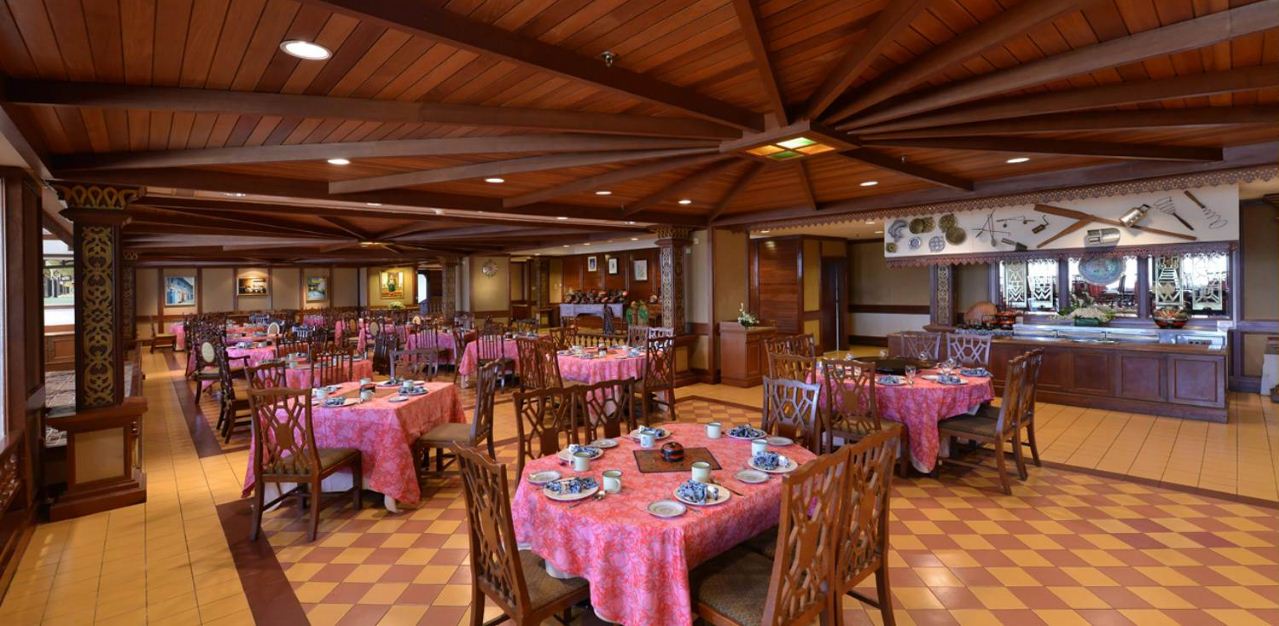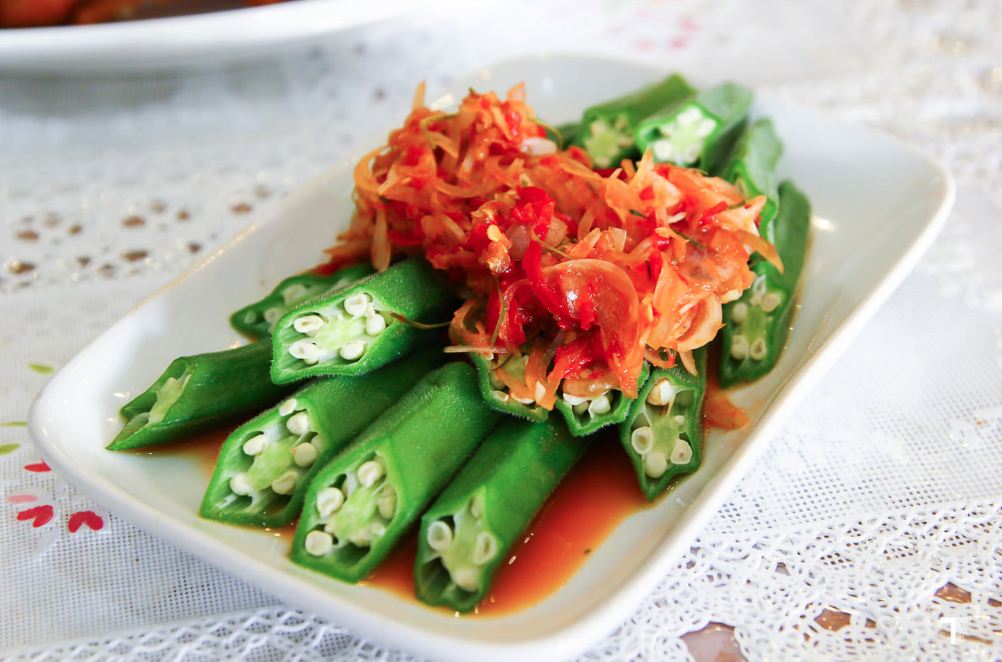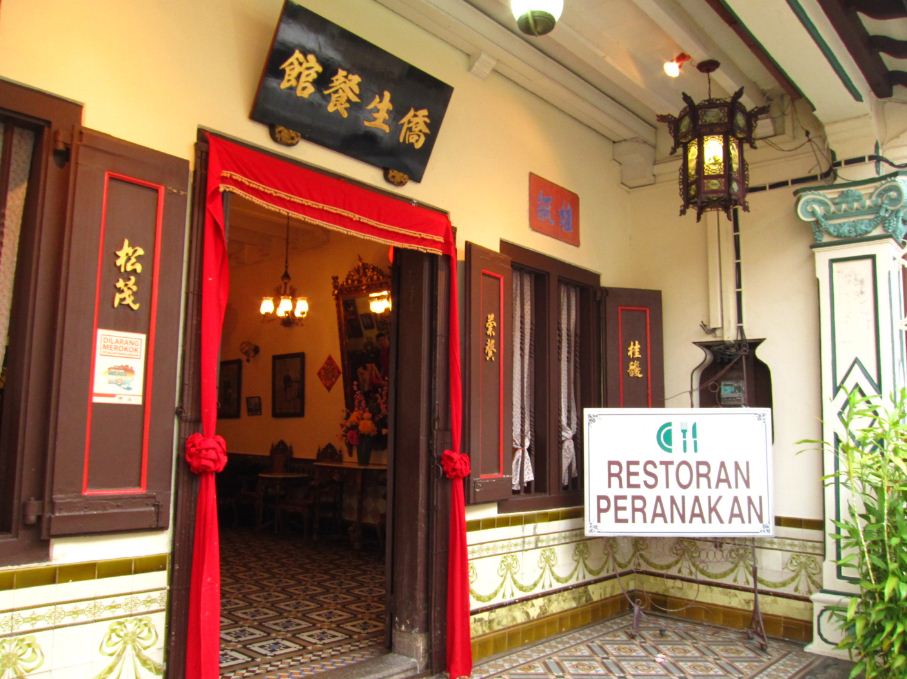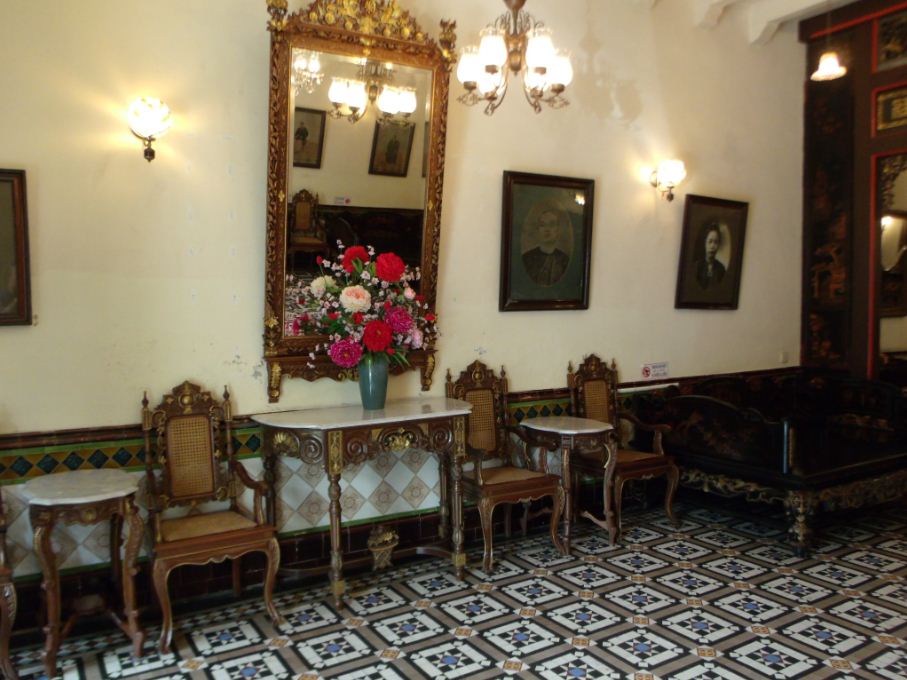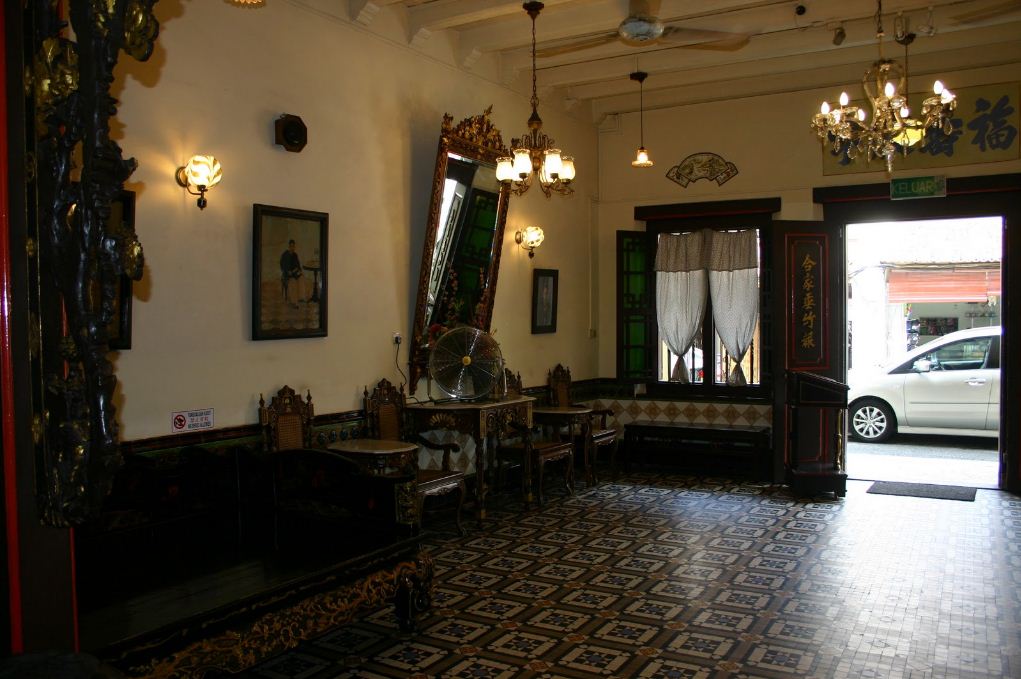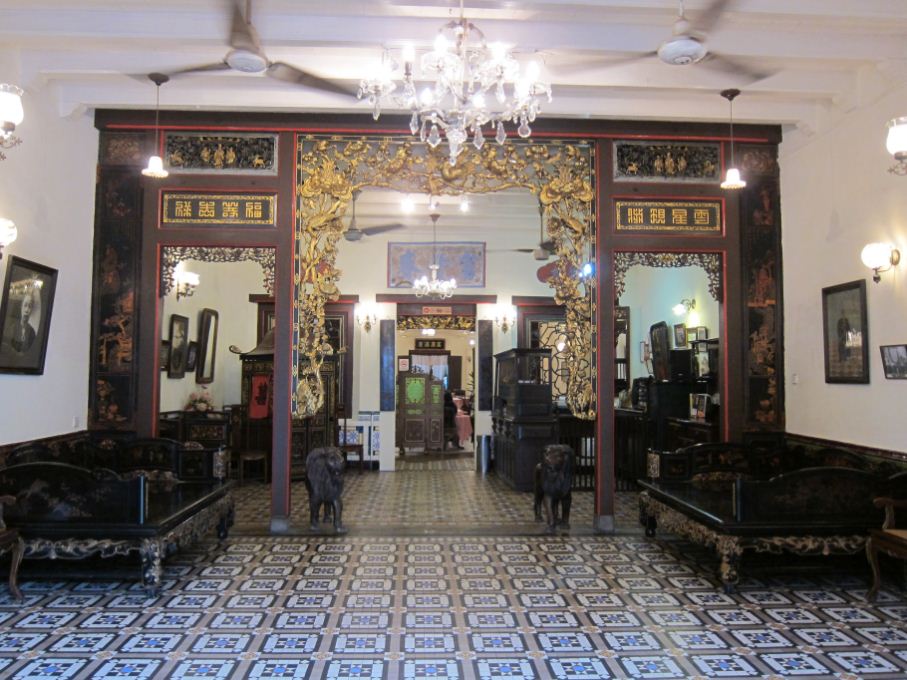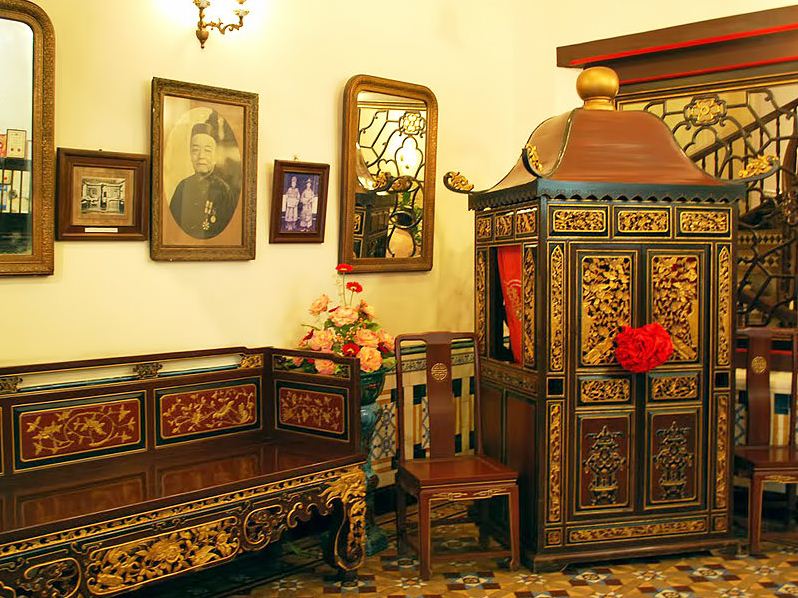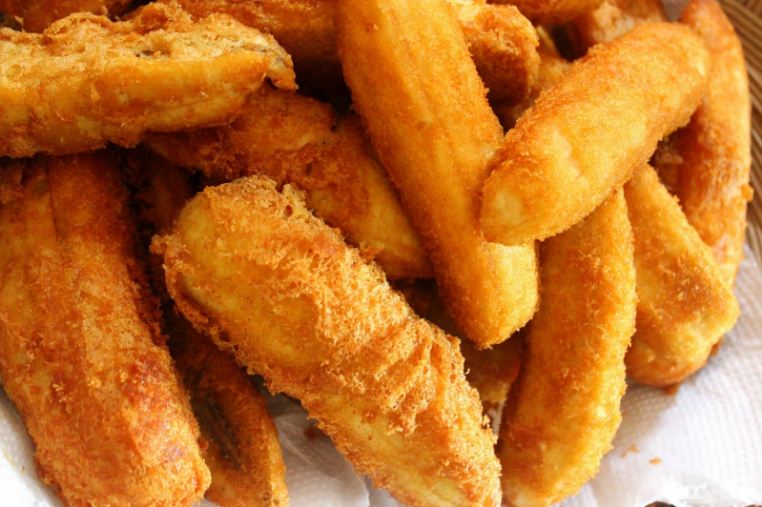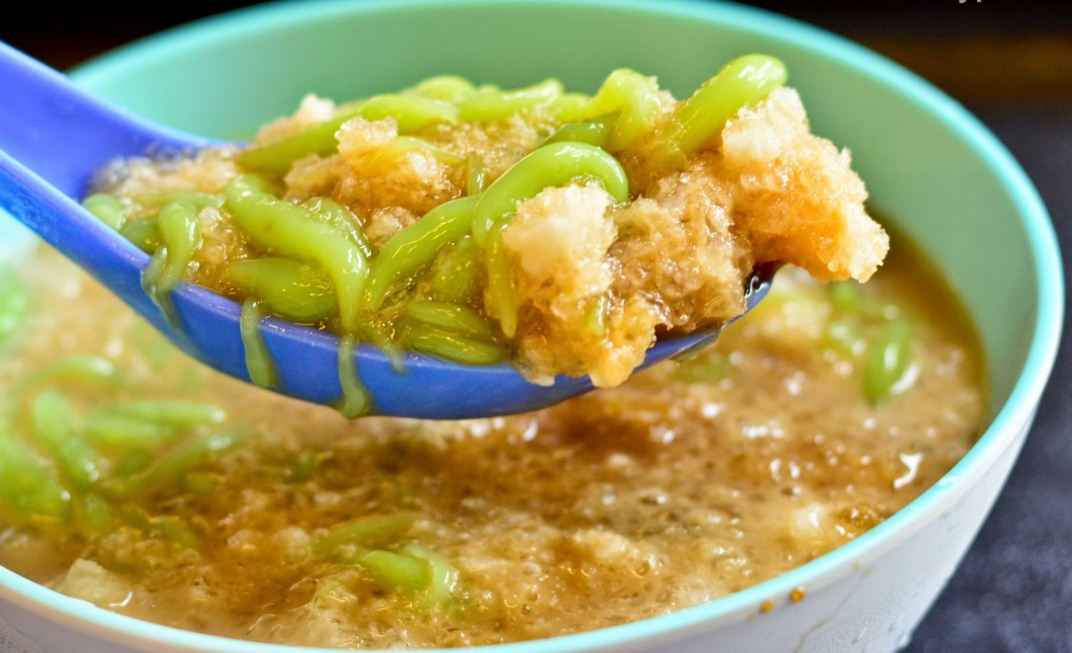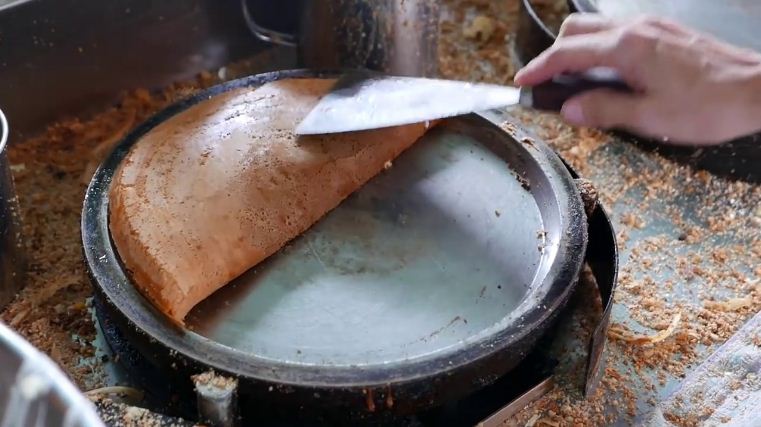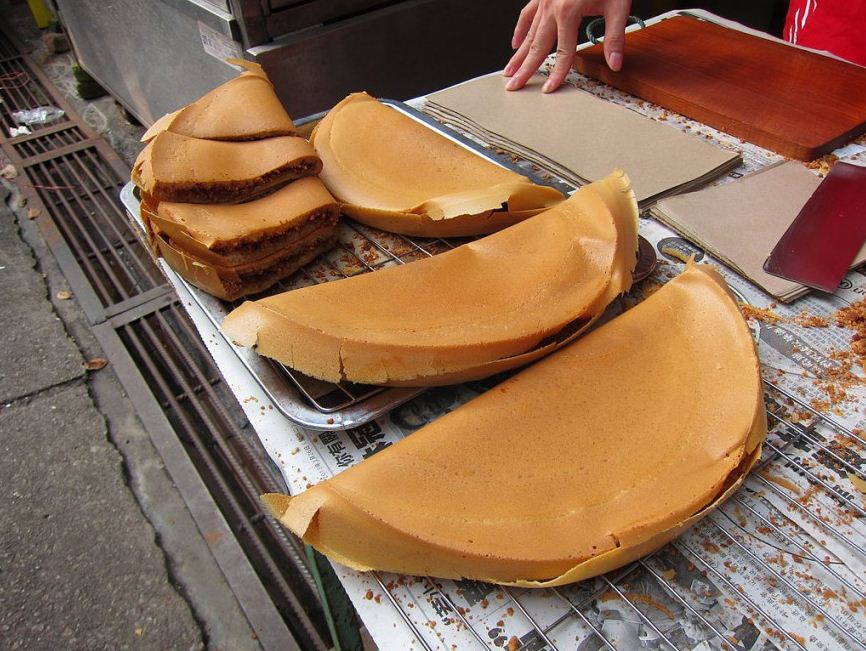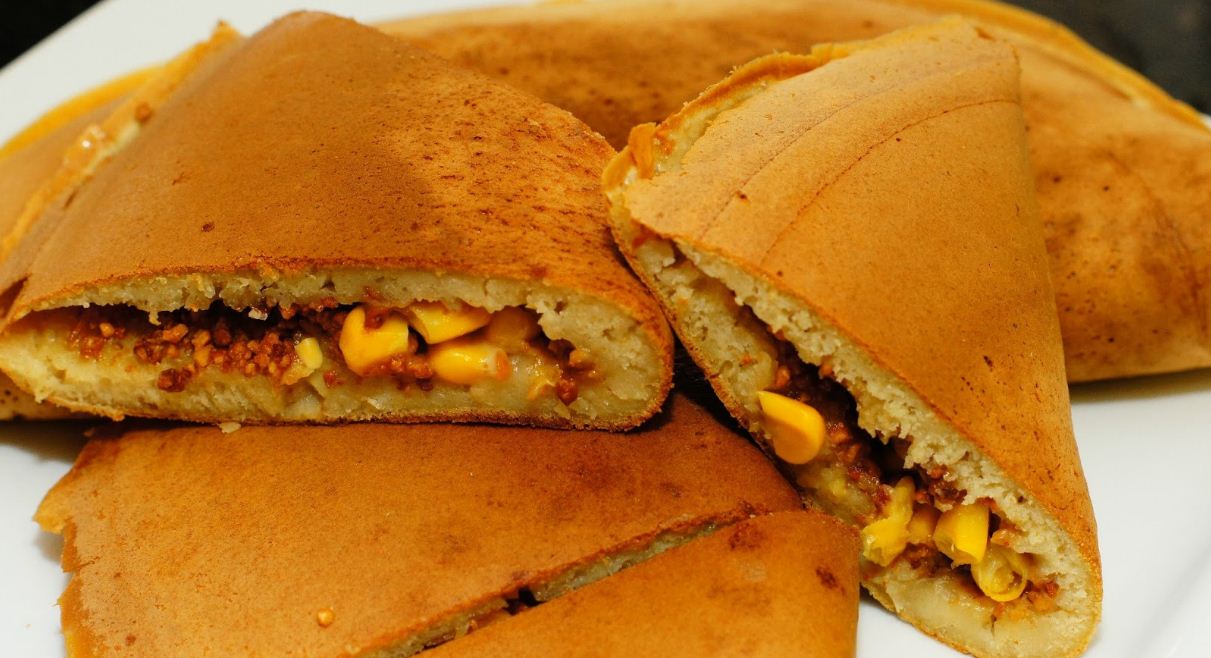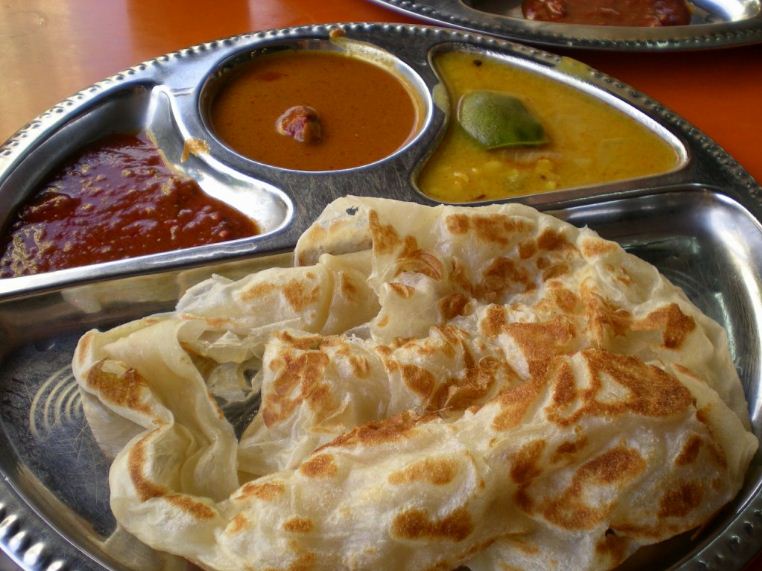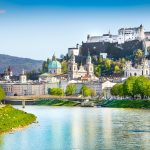Melaka food blog — Experience Melaka delicacies, arrived at by Trishaw
Malacca (Melaka), Malaysia is as lovely as it is magnificent, like something out of a fairy tale. Half of the city is built in traditional Asian architecture, with intricate carvings and colorful Chinese-style buildings that were formerly home to wealthy Chinese merchants. The rest of the area resembles reminiscent of a little European town, replete with windmills, Victorian fountains, and modest red cottages. A trishaw (three-wheeled passenger vehicle) trip is the ideal method for visitors to discover Malacca, as well as sample the diversity of local delicacies.
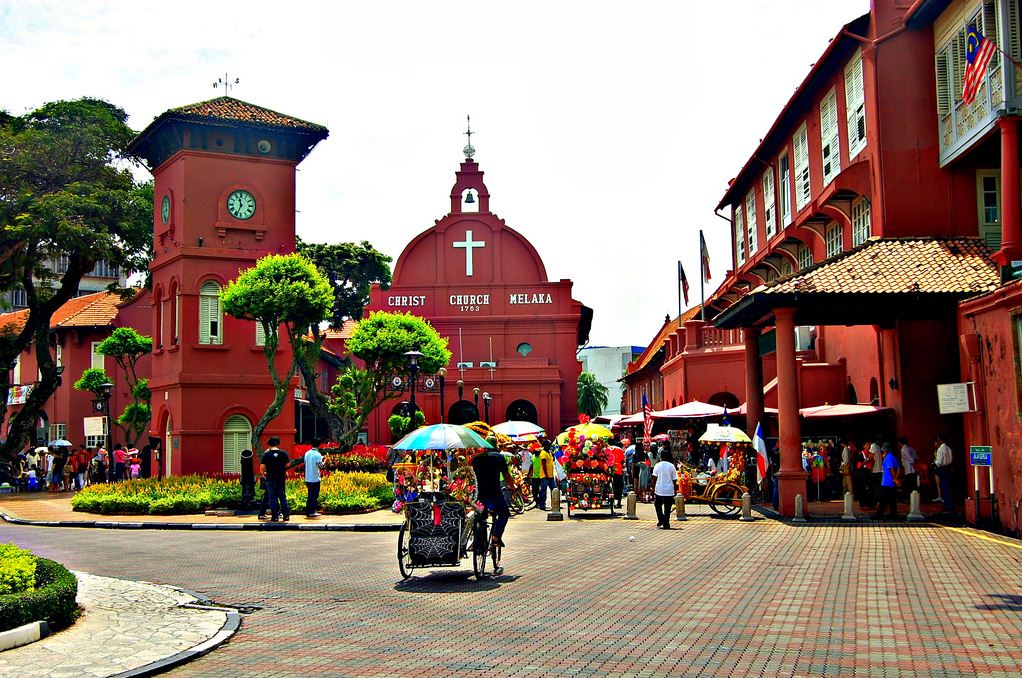

Baba-Nyonya — Fascinating Combination
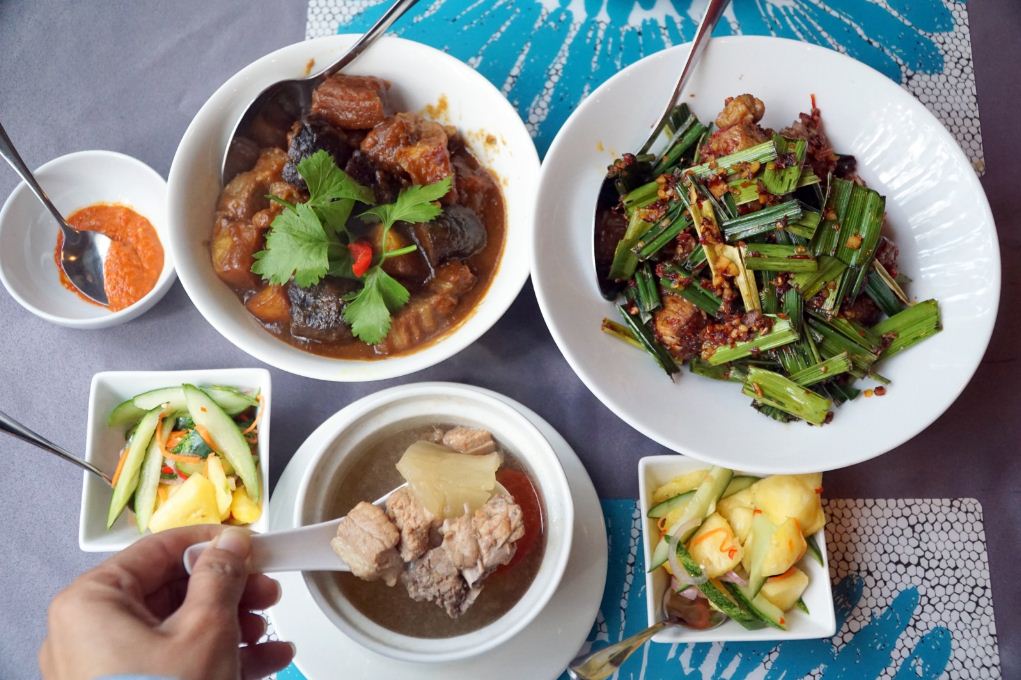
Malacca used to be a vibrant metropolis teeming with the most powerful merchant families in Asia. When wealthy businessmen from all over the world arrived, Chinese merchants grabbed the opportunity to establish enterprises and dwell in this fertile region. They married local women and instilled their culture in the city. Since then, this location has been a melting pot of Malay and Chinese civilizations, as well as Dutch, Portuguese, British, Thai, and Indian influences. The term “Baba- Nyonya,” which refers to both the people and the cuisine, exemplifies this fusion of cultures and flavors. In Mandarin, Baba means “father,” but Nyonya means “mother” in the local tongue. Baba Nyonya foods are well-known, particularly in Malacca and Singapore (meanwhile, in Penang, you can experience a very different culinary style altogether, which is Asam Laksa).
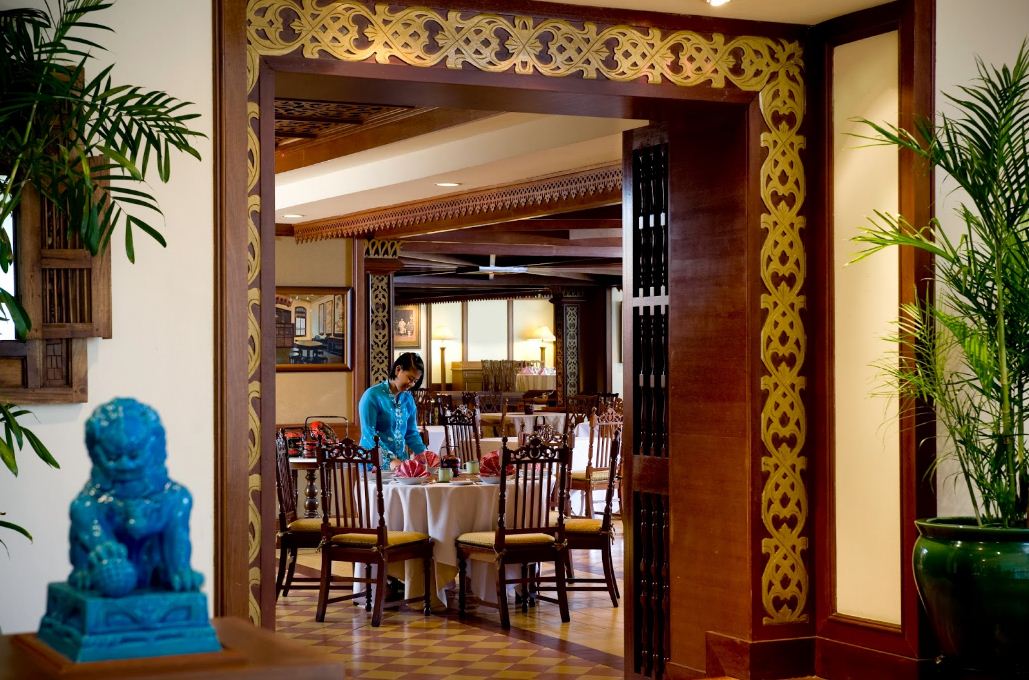
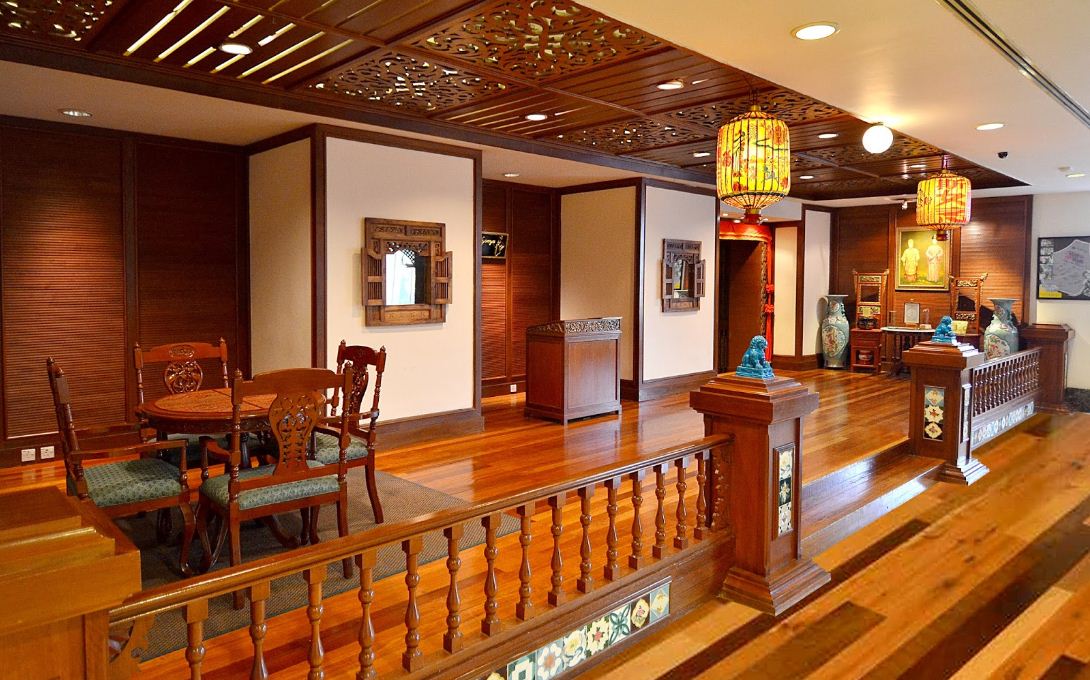


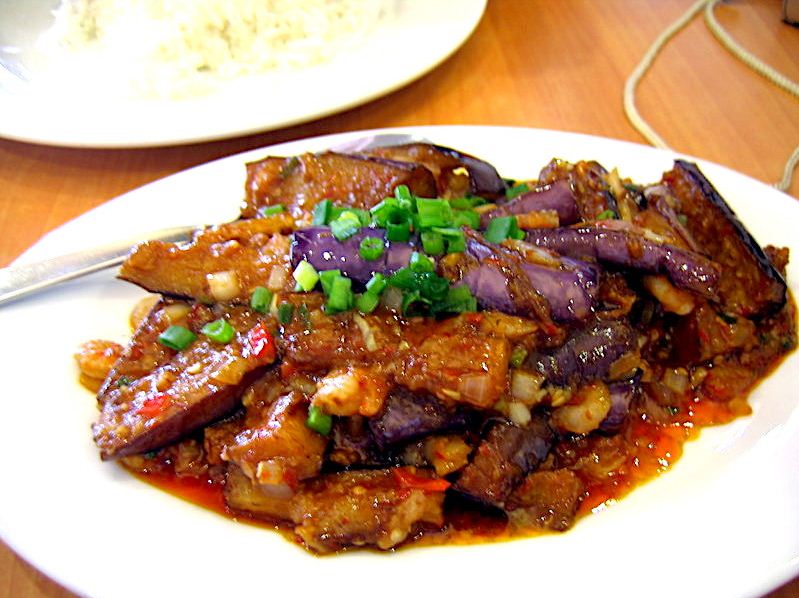
We had our first meal in Malacca at Restoran Peranakan, which serves famed Baba-Nyonya delicacies. Baba-Nyonya meals are quite recognizable to a Vietnamese like myself owing to the Chinese culinary influences they share with Vietnamese cuisines, as well as the same common components such as onion, mushroom, garlic, pepper, lemongrass, and red chilli. For a Vietnamese tourist like myself, a few delicacies in Malacca will make you feel like you’re back home. You may also see antiquities from the Baba Nyonya people, such as an old palanquin, mirror, or screen, at Restoran Peranakan. The trip was totally worth it.
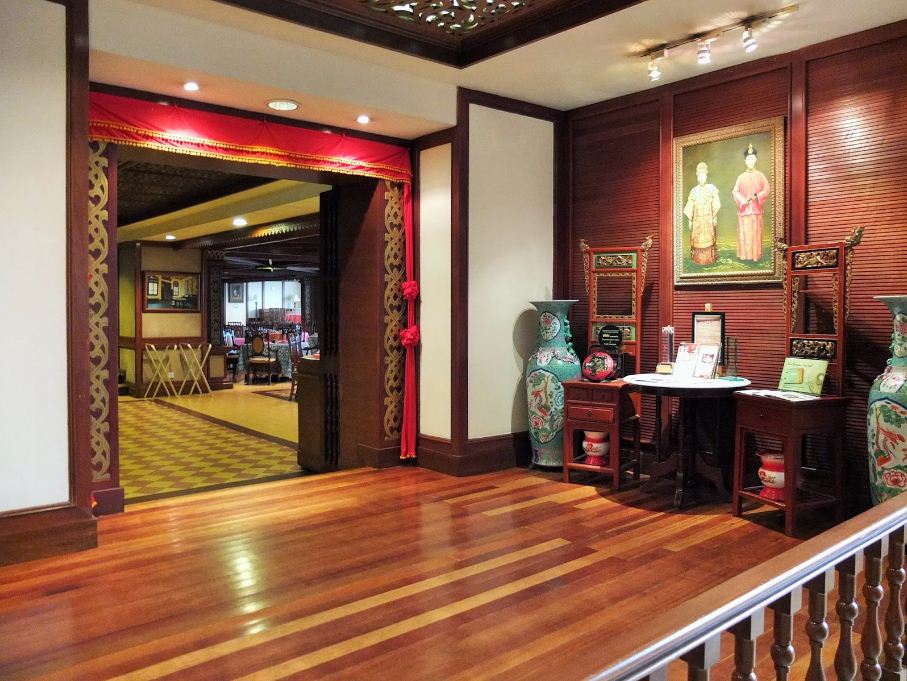
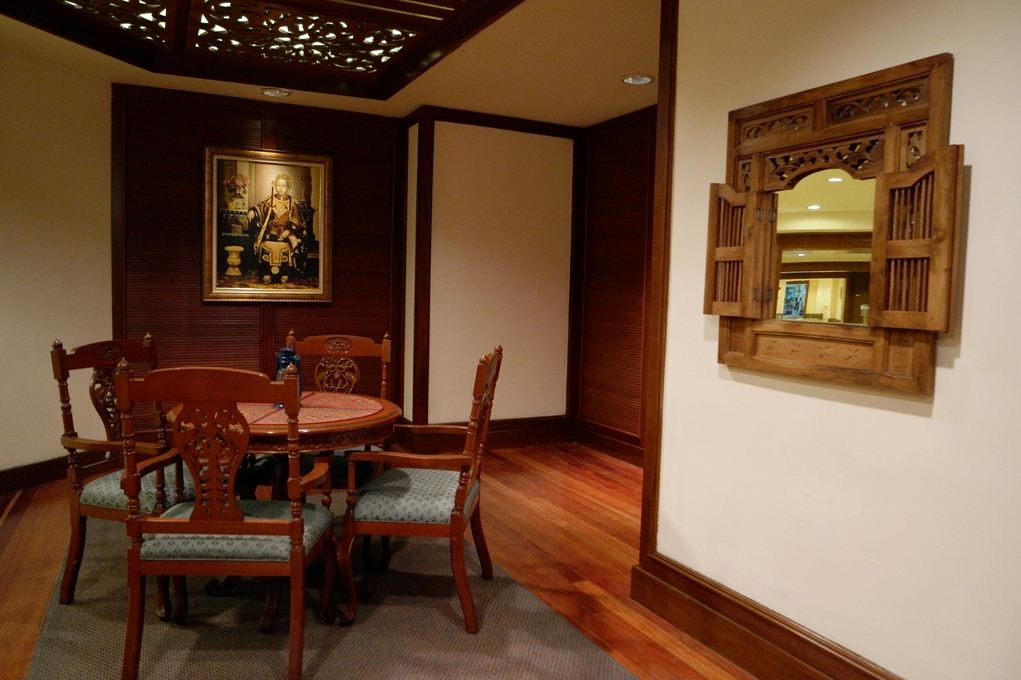
Restoran Peranakan Melaka
Address: 107 Jalan Tun Tan Cheng Lock, 75200 Malacca, Melaka, Malaysia
Telephone: +60 6-284 5001
Opening Hours: Monday – Sunday 12:00 – 14:30, 18:30 – 22:00
Price: $-$$
Street-foods in Melaka Old Quarter
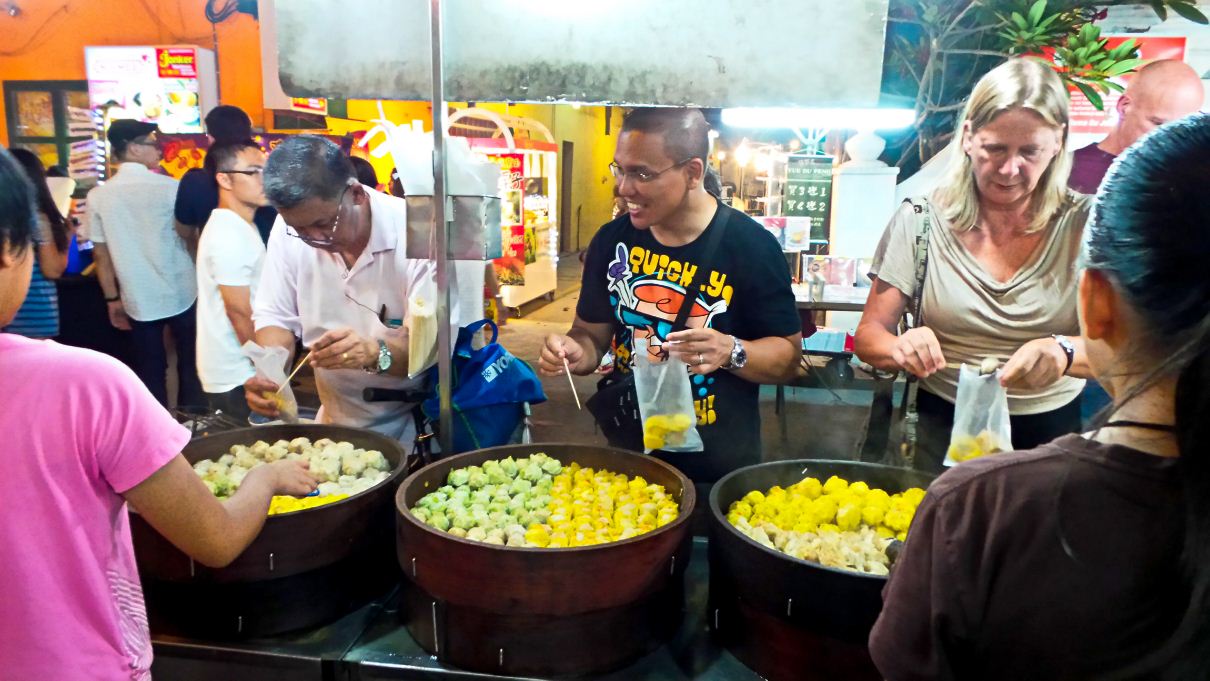
Walking sellers with massive bunches of bananas may be found right in the town center. Don’t miss out on the delectable flavor of fried bananas! A large bag of fried bananas and sweet potatoes costs about 2RG (around 12,000VND). Although these fried bits are a touch greasy, the wonderful flavor will quickly compensate for any guilt. While we are used to enjoying fried pressed bananas with a crispy outer shell in Vietnam, they do things differently in Malaysia. Bananas are chopped into thick slices and fried here to produce the fragrant “Goring Pisang” (fried banana).
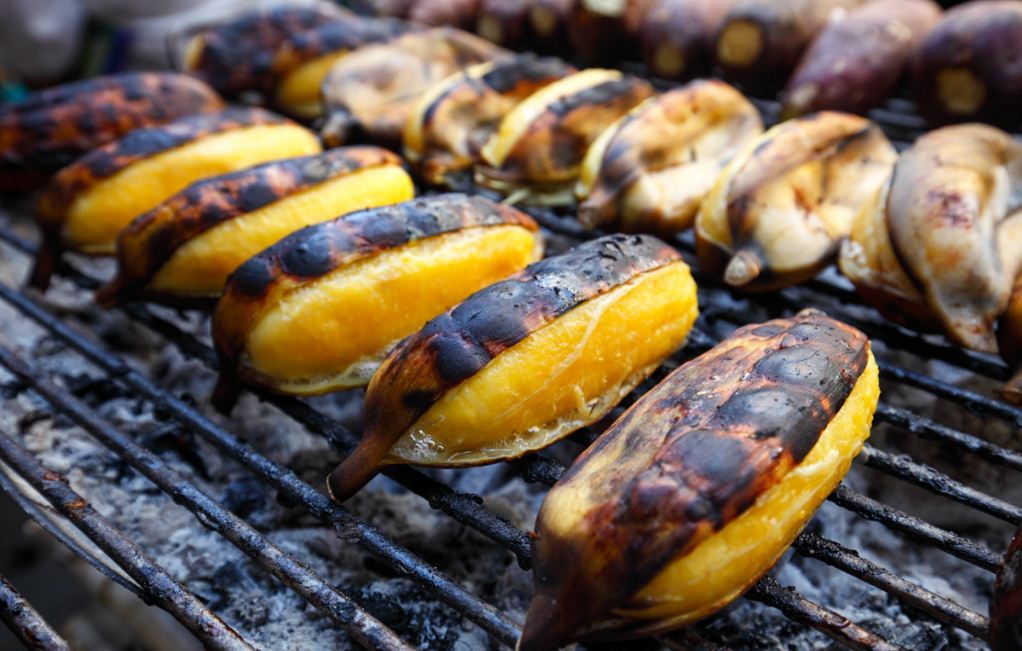
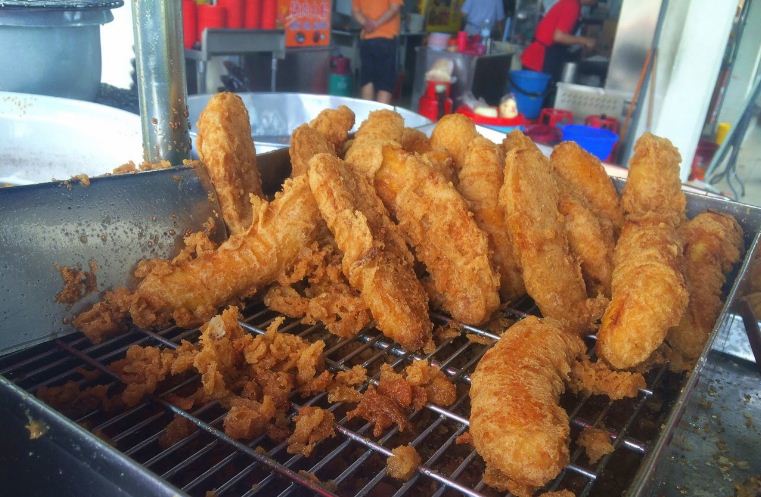

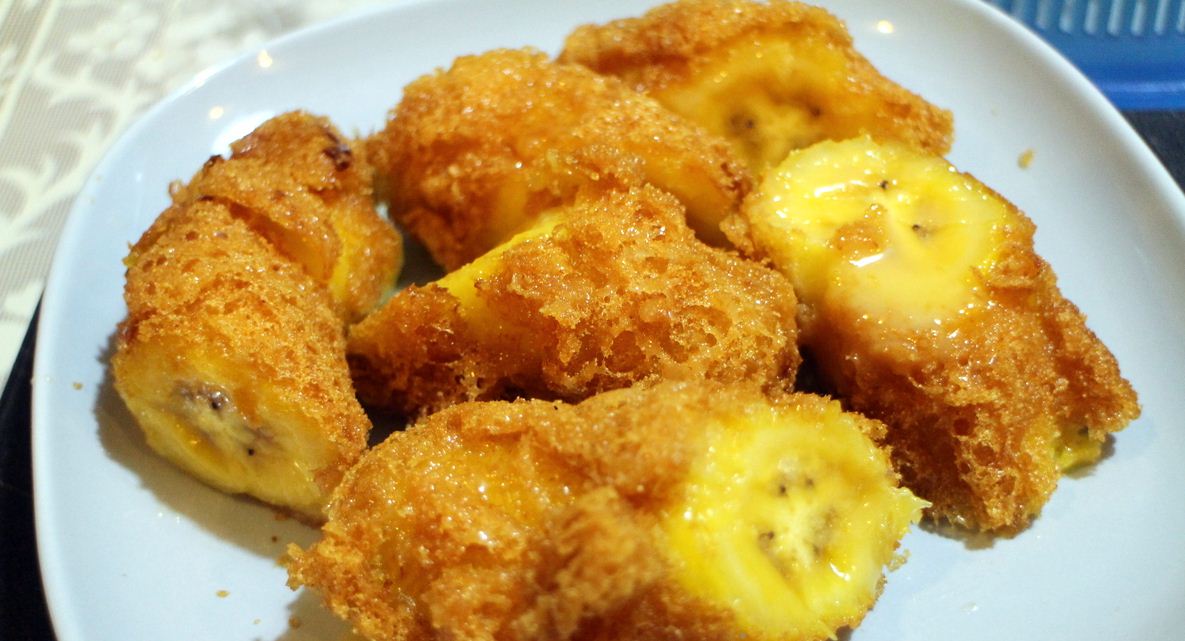
Cendol was another dish we loved throughout our visit. Cendol is a chilly, sweet soup that is quite popular in Malacca. I could see the same huge signs with “Cendol” printed across their fronts no matter where I stood, day or night, near the market or on any given street. Cendol is a black bean sweet soup with coconut milk that is comparable to Vietnamese black bean sweet soup. The coconut milk is boiled with pineapple leaves to generate a natural vanilla flavor, which helps making the cool Cendol as delicious on a hot day. It was an incredible experience.
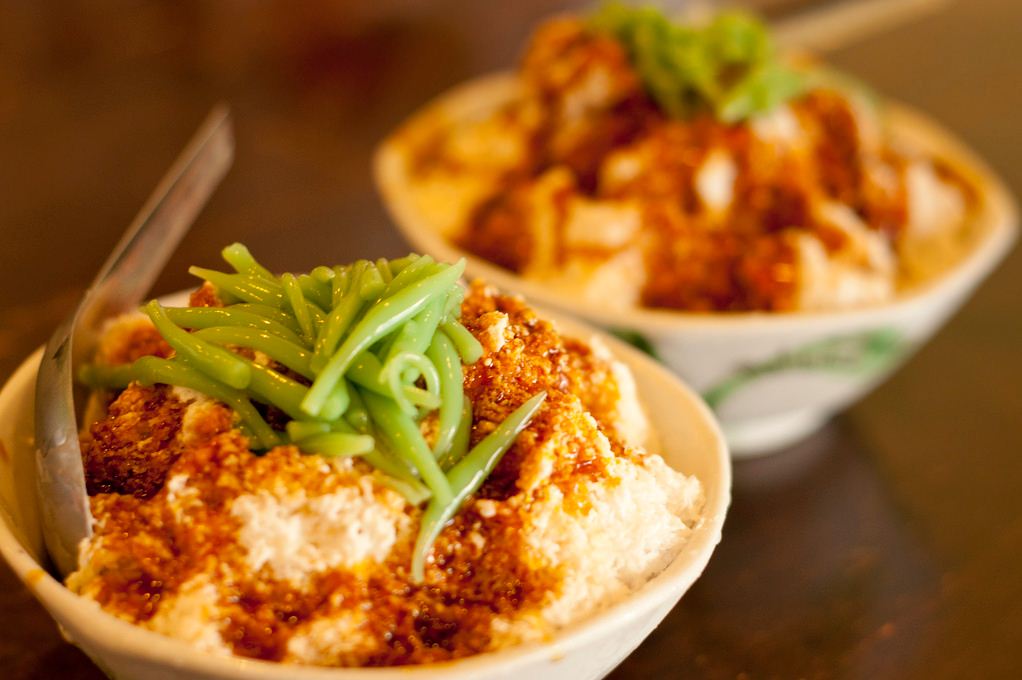
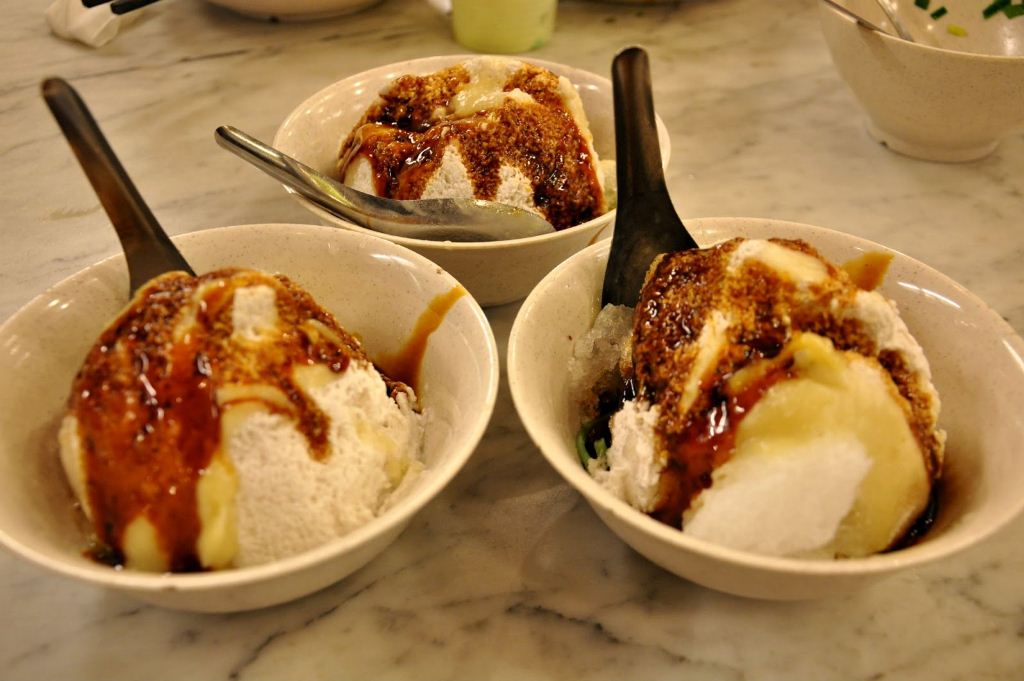
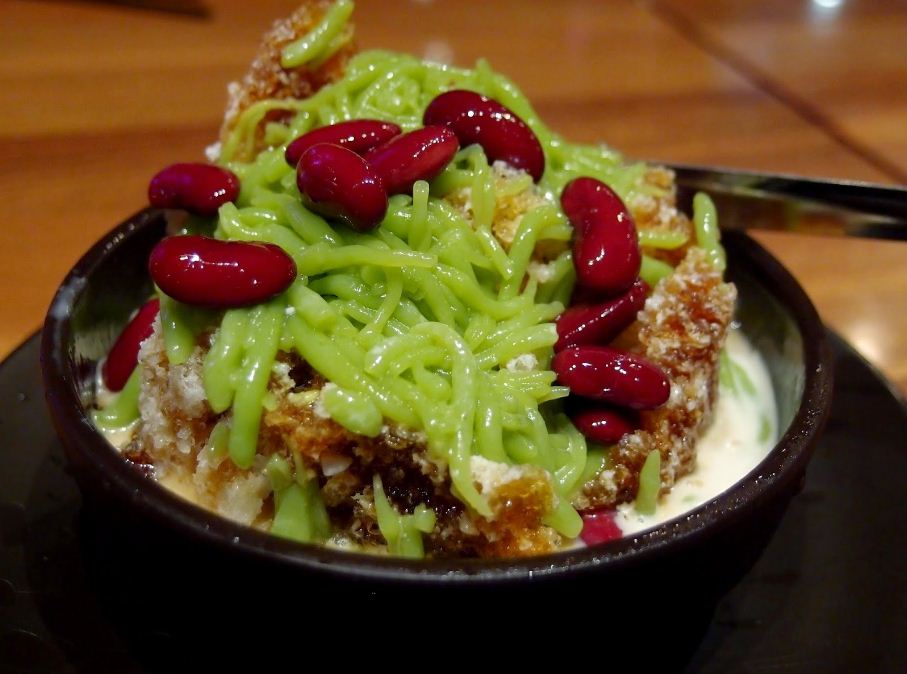
Another dish that drew my attention while wandering around Malacca was apam balik. This meal is comparable to peanut butter pancakes or crepes. Pounded peanuts are combined with brown sugar and shaped into a cake before being roasted. After that, the roasted cake is sliced into little pieces. Corn is sometimes used for stuffing by bakers. Unless you have a peanut allergy, apam balik is a must-try dish in Malaysia. The texture of the cake is both crunchy and silky. Overall, it’s a basic yet tasty dinner.
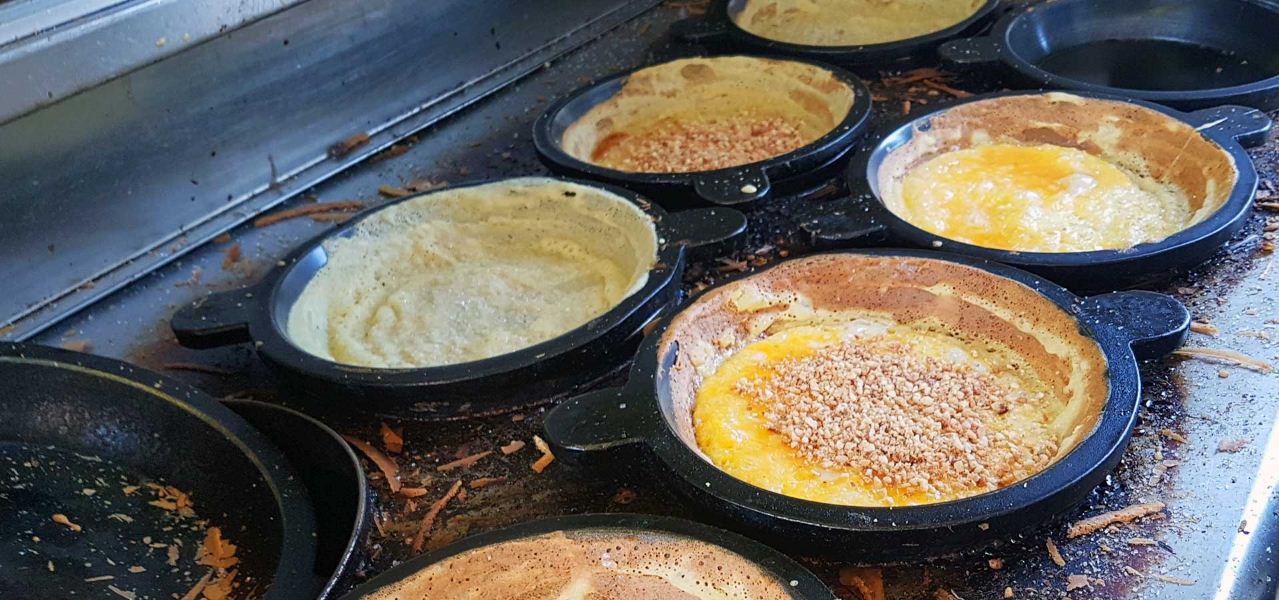
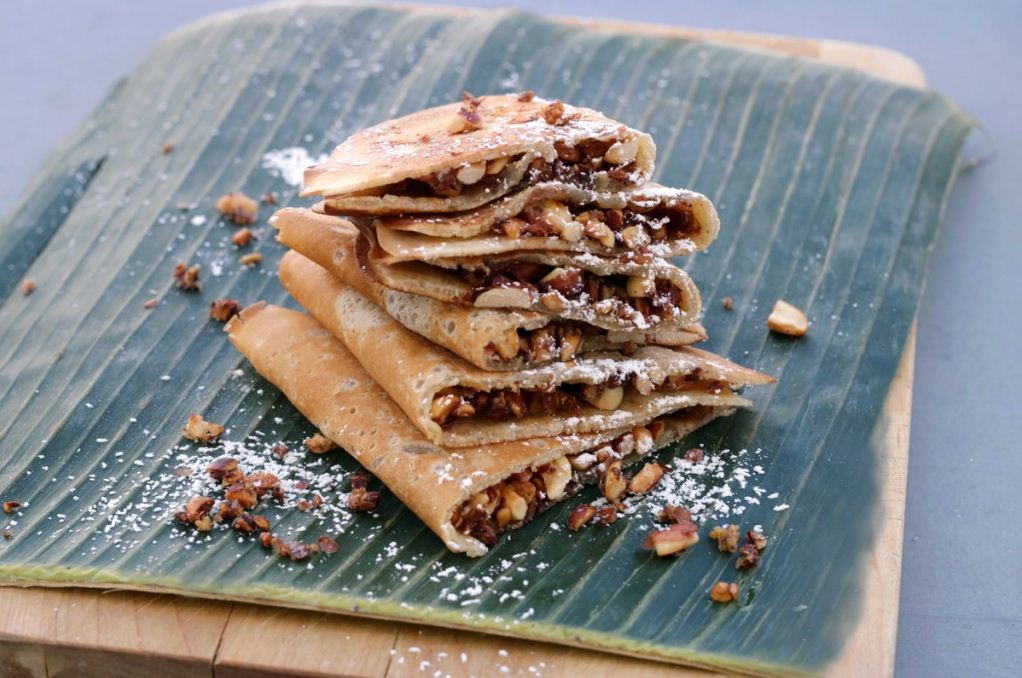

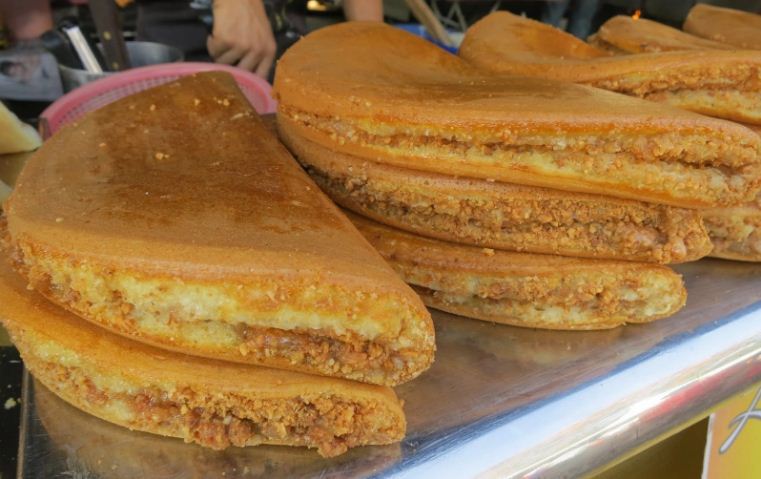
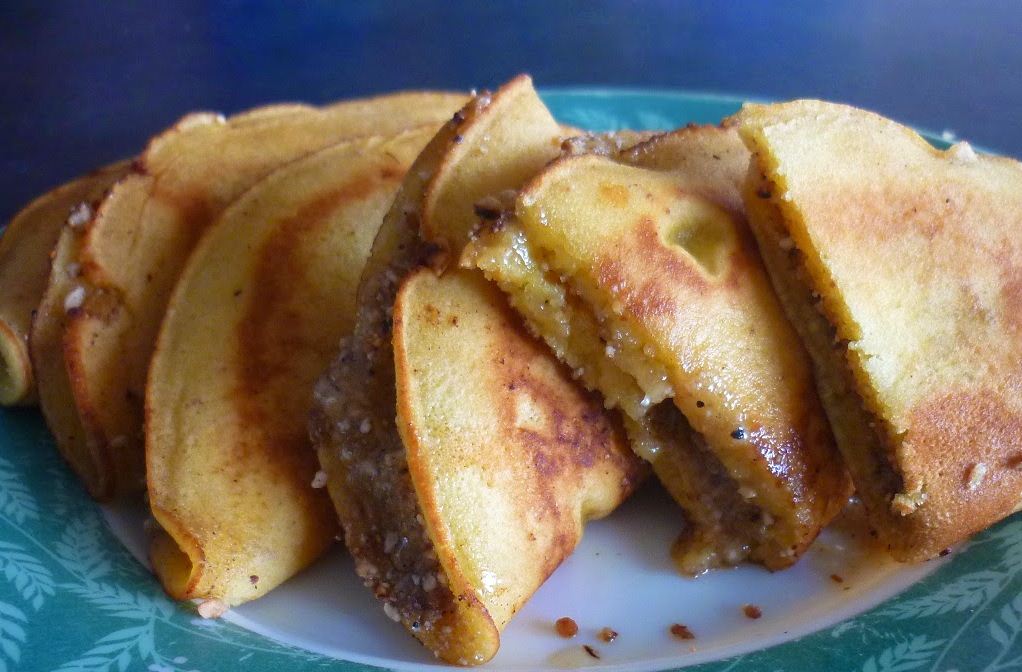

There are two meals in particular in Malaysia that make customers feel as if they are witnessing an art presentation. They are roti canai and teh tarik, which are frequently served together. Locals frequently start their days with a cup of tarik tea and a roti canai cake. Do not pass up the opportunity to observe chefs skillfully kneading and rolling wheat powder to produce roti canai cakes. Following your tour to the Malacca Butterfly & Reptile Sanctuary, you may have complimentary teh tarik tea and a selection of traditional pastries. This initiative aims to increase tourism in Malacca. I got to see millions of butterflies and snakes while sipping a cup of hot tea. Are you jealous yet? I feel like I could have just stood there, watching the artisan chef make teh tarik for many hours.

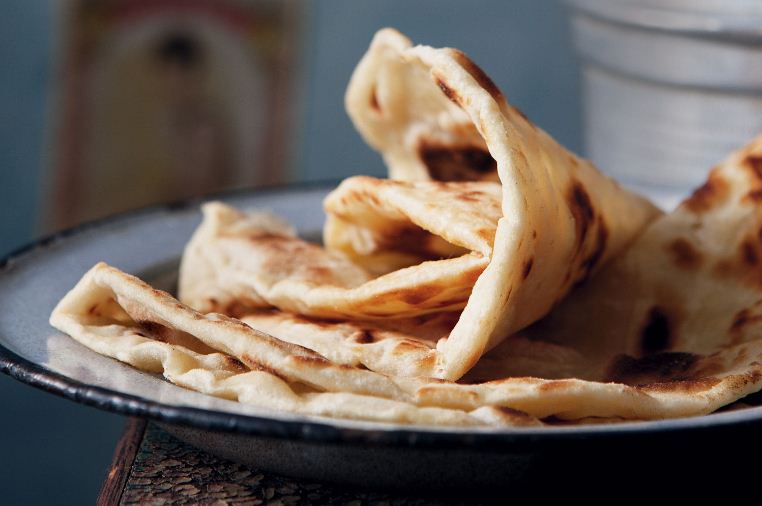
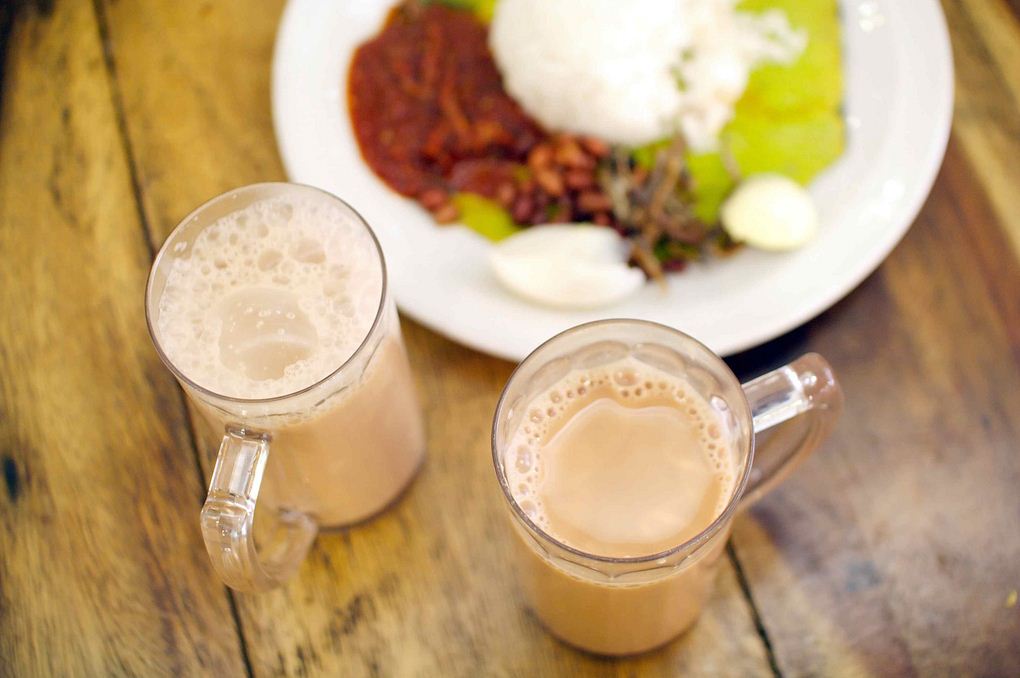


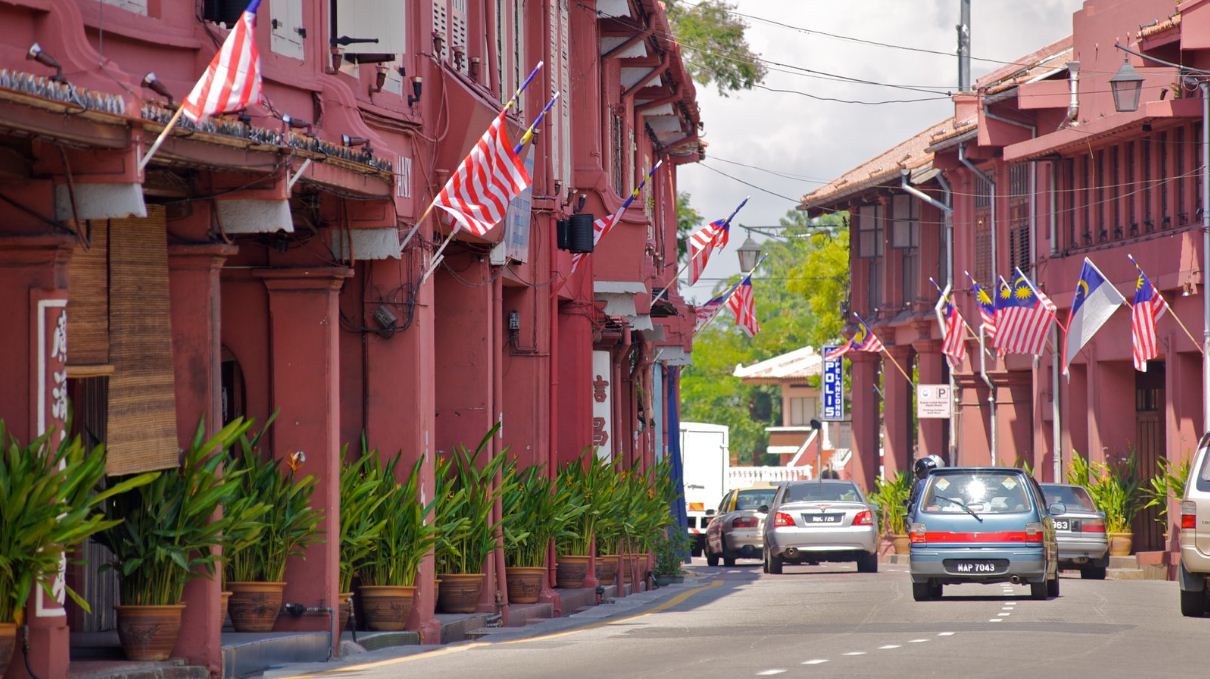
Further information
How to get there? From Kuala Lumpur capital city, take a bus to Malacca, taking about 1.5 hours.
Famous attractions
- Baba-Nyonya Heritage Museum
- A’Famosa Fort
- The Stadhuys
- Taming Sari WatcThe Stadhuyshtower
- Malacca Butterfly & Reptile Sanctuary
Cuisine
- Restoran Peranakan (Baba-Nyonya dishes) 107, Jalan Tun Tan Cheng Lock, Malacca
- Jonker’s Walk Night Market (open only at weekends)
- Bars, night clubs and small cafes are located along Malacca river.











